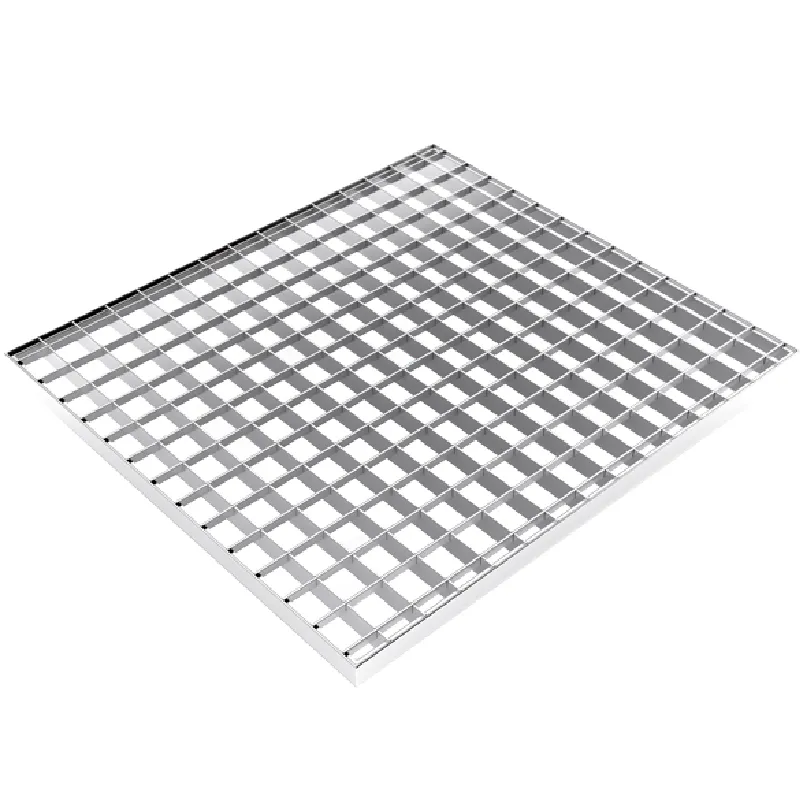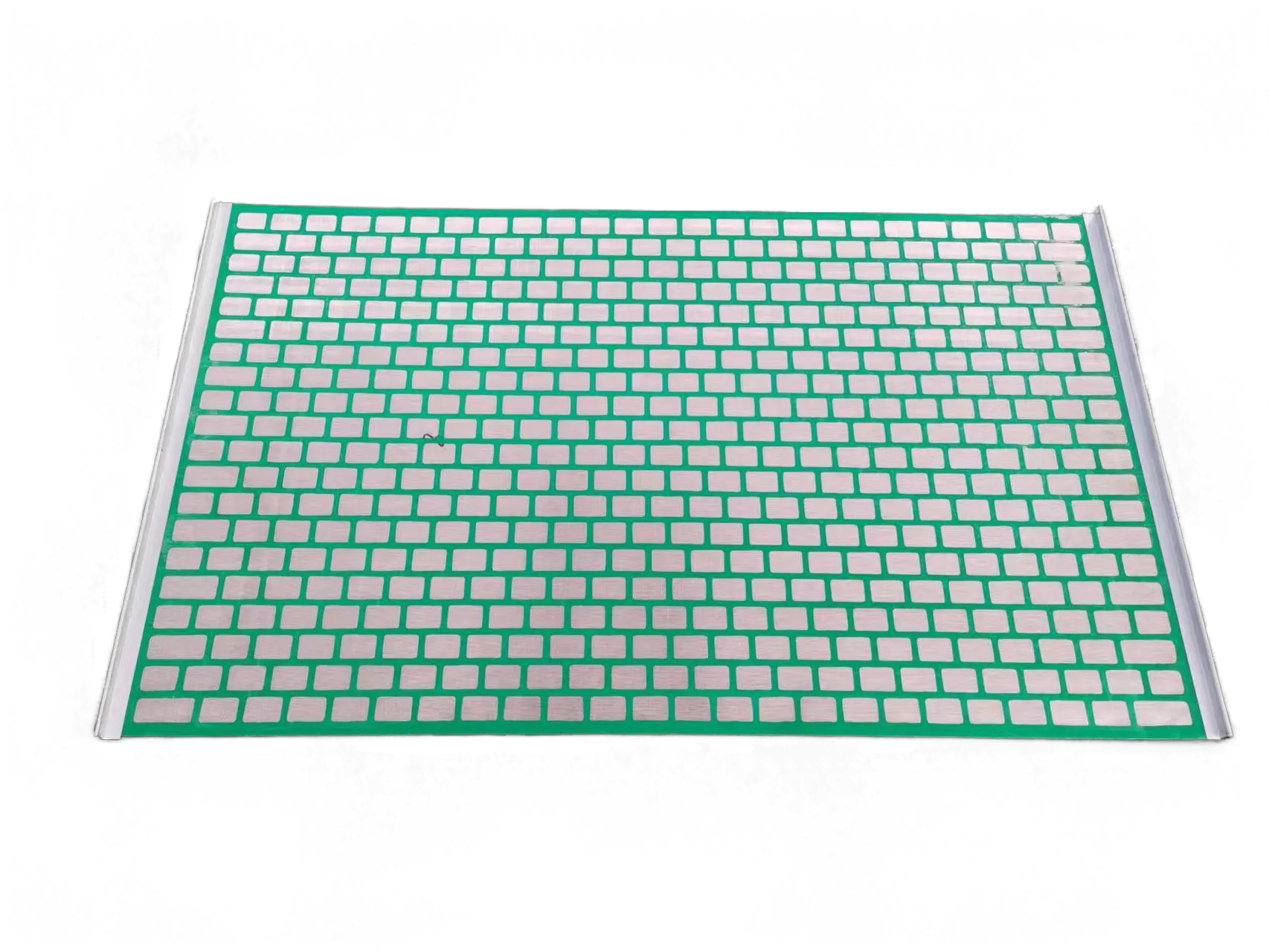- Industrial zone, South of Anping Town, Hengshui, Hebei, China.
- sales@hfpetromesh.com
- +86-18931809706
 Afrikaans
Afrikaans  Albanian
Albanian  Amharic
Amharic  Arabic
Arabic  Armenian
Armenian  Azerbaijani
Azerbaijani  Basque
Basque  Belarusian
Belarusian  Bengali
Bengali  Bosnian
Bosnian  Bulgarian
Bulgarian  Catalan
Catalan  Cebuano
Cebuano  Corsican
Corsican  Croatian
Croatian  Czech
Czech  Danish
Danish  Dutch
Dutch  English
English  Esperanto
Esperanto  Estonian
Estonian  Finnish
Finnish  French
French  Frisian
Frisian  Galician
Galician  Georgian
Georgian  German
German  Greek
Greek  Gujarati
Gujarati  Haitian Creole
Haitian Creole  hausa
hausa  hawaiian
hawaiian  Hebrew
Hebrew  Hindi
Hindi  Miao
Miao  Hungarian
Hungarian  Icelandic
Icelandic  igbo
igbo  Indonesian
Indonesian  irish
irish  Italian
Italian  Japanese
Japanese  Javanese
Javanese  Kannada
Kannada  kazakh
kazakh  Khmer
Khmer  Rwandese
Rwandese  Korean
Korean  Kurdish
Kurdish  Kyrgyz
Kyrgyz  Lao
Lao  Latin
Latin  Latvian
Latvian  Lithuanian
Lithuanian  Luxembourgish
Luxembourgish  Macedonian
Macedonian  Malgashi
Malgashi  Malay
Malay  Malayalam
Malayalam  Maltese
Maltese  Maori
Maori  Marathi
Marathi  Mongolian
Mongolian  Myanmar
Myanmar  Nepali
Nepali  Norwegian
Norwegian  Norwegian
Norwegian  Occitan
Occitan  Pashto
Pashto  Persian
Persian  Polish
Polish  Portuguese
Portuguese  Punjabi
Punjabi  Romanian
Romanian  Russian
Russian  Samoan
Samoan  Scottish Gaelic
Scottish Gaelic  Serbian
Serbian  Sesotho
Sesotho  Shona
Shona  Sindhi
Sindhi  Sinhala
Sinhala  Slovak
Slovak  Slovenian
Slovenian  Somali
Somali  Spanish
Spanish  Sundanese
Sundanese  Swahili
Swahili  Swedish
Swedish  Tagalog
Tagalog  Tajik
Tajik  Tamil
Tamil  Tatar
Tatar  Telugu
Telugu  Thai
Thai  Turkish
Turkish  Turkmen
Turkmen  Ukrainian
Ukrainian  Urdu
Urdu  Uighur
Uighur  Uzbek
Uzbek  Vietnamese
Vietnamese  Welsh
Welsh  Bantu
Bantu  Yiddish
Yiddish  Yoruba
Yoruba  Zulu
Zulu
- Afrikaans
- Albanian
- Amharic
- Arabic
- Armenian
- Azerbaijani
- Basque
- Belarusian
- Bengali
- Bosnian
- Bulgarian
- Catalan
- Cebuano
- Corsican
- Croatian
- Czech
- Danish
- Dutch
- English
- Esperanto
- Estonian
- Finnish
- French
- Frisian
- Galician
- Georgian
- German
- Greek
- Gujarati
- Haitian Creole
- hausa
- hawaiian
- Hebrew
- Hindi
- Miao
- Hungarian
- Icelandic
- igbo
- Indonesian
- irish
- Italian
- Japanese
- Javanese
- Kannada
- kazakh
- Khmer
- Rwandese
- Korean
- Kurdish
- Kyrgyz
- Lao
- Latin
- Latvian
- Lithuanian
- Luxembourgish
- Macedonian
- Malgashi
- Malay
- Malayalam
- Maltese
- Maori
- Marathi
- Mongolian
- Myanmar
- Nepali
- Norwegian
- Norwegian
- Occitan
- Pashto
- Persian
- Polish
- Portuguese
- Punjabi
- Romanian
- Russian
- Samoan
- Scottish Gaelic
- Serbian
- Sesotho
- Shona
- Sindhi
- Sinhala
- Slovak
- Slovenian
- Somali
- Spanish
- Sundanese
- Swahili
- Swedish
- Tagalog
- Tajik
- Tamil
- Tatar
- Telugu
- Thai
- Turkish
- Turkmen
- Ukrainian
- Urdu
- Uighur
- Uzbek
- Vietnamese
- Welsh
- Bantu
- Yiddish
- Yoruba
- Zulu
Heavy-Duty Channel Drain Grate Covers Durable & Corrosion-Resistant

(channel drain grate cover)
Essential Considerations for Effective Drainage Solutions
- Understanding the Role of Channel Drain Grate Covers in Modern Infrastructure
- Technical Specifications: Load Capacity and Material Innovation
- Performance Comparison: Leading Manufacturers (2023 Data)
- Custom Engineering for Unique Site Requirements
- Case Study: Commercial Parking Lot Drainage Upgrade
- Maintenance Strategies for Long-Term Functionality
- Future-Proofing Drainage Systems with Smart Grate Technology
Channel Drain Grate Covers: The Foundation of Efficient Water Management
Modern drainage systems rely on precision-engineered channel drain grate cover
s to handle increasing environmental challenges. Urban areas now experience 23% more intense rainfall events compared to 2000 (NOAA, 2023), necessitating grates capable of processing 150+ liters/second per linear meter. These components simultaneously address pedestrian safety requirements with slip resistance ratings below 35 BPN (British Pendulum Number) while maintaining structural integrity under 25kN axle loads.
Technical Advancements in Drainage Components
| Feature | Stainless Steel 316 | Polymer Composite | Ductile Iron |
|---|---|---|---|
| Load Rating (EN1433) | D400 (40 tons) | C250 (25 tons) | E600 (60 tons) |
| Corrosion Resistance | Saltwater compatible | Chemical resistant | Epoxy-coated |
| Flow Rate Efficiency | 92% open area | 85% open area | 78% open area |
Recent innovations include laser-cut patterns achieving 0.5mm tolerance and composite materials with 72% recycled content without compromising strength characteristics. These developments enable 18% greater hydraulic efficiency than traditional designs while meeting LEED certification requirements.
Manufacturer Performance Analysis
| Brand | Warranty Period | Production Lead Time | Customization Options |
|---|---|---|---|
| ABCO Drains | 15 years | 6-8 weeks | 23 pattern choices |
| DrainMax Pro | 10 years | 4 weeks | Modular systems |
| SteelFlow | 20 years | 10-12 weeks | Full CAD customization |
Adaptive Design Methodologies
Site-specific engineering accounts for three critical variables: traffic frequency (daily vehicle passes), particulate load (leaves/debris), and thermal expansion coefficients. For coastal installations in Miami, galvanized steel covers with 200μm zinc coating demonstrated 78% slower corrosion rates compared to standard alternatives during 5-year exposure tests.
Real-World Implementation: Retail Complex Case Study
A 12-acre shopping center retrofit achieved 40% faster stormwater dissipation using slotted aluminum grates (8mm slot width). Post-installation monitoring showed:
- 92% reduction in standing water incidents
- 17% decrease in pavement deterioration
- 34% lower maintenance costs
Sustainable Maintenance Protocols
Automated inspection systems utilizing 3D lidar scanning detect sediment accumulation exceeding 15mm depth with 98% accuracy. Combined with hydrodynamic cleaning units, these protocols extend service intervals from 6 months to 2.5 years in moderate climates.
Channel Drain Cover Innovations for Climate Resilience
Next-generation grate systems integrate real-time monitoring sensors measuring flow rates (±2% accuracy) and structural stress levels. Prototype units in Rotterdam's flood barrier system successfully handled 142mm/hour rainfall during 2023 trials, outperforming conventional designs by 39% in peak flow scenarios. These advancements position channel drain grate covers as critical components in climate adaptation infrastructure, meeting both current needs and future regulatory requirements.

(channel drain grate cover)
FAQS on channel drain grate cover
Q: What is the purpose of a channel drain grate cover?
A: A channel drain grate cover protects drainage channels from debris while allowing water to flow freely. It enhances safety by creating a stable walking surface. These covers are commonly used in driveways, patios, and commercial areas.
Q: How do I choose the right channel drain cover material?
A: Select materials like stainless steel, polymer, or cast iron based on load requirements and environment. Polymer suits residential use, while metal options handle heavy traffic. Always check local building codes for compliance.
Q: Can a french drain grate cover be used interchangeably with channel drain covers?
A: No, french drain systems typically use perforated pipes in gravel trenches, while channel drains collect surface water. Their grate designs and load capacities differ significantly. Always use purpose-specific covers for optimal performance.
Q: What maintenance does a channel drain grate cover require?
A: Regularly remove leaves and debris to prevent clogging. Clean with mild detergent and water to avoid corrosion. Inspect for damage or shifting seasonally to maintain proper drainage flow.
Q: Are channel drain grate covers customizable for unique layouts?
A: Yes, many manufacturers offer customizable lengths, widths, and patterns. Modular systems allow adaptation to curved surfaces. Some provide logo engraving or color-matching options for aesthetic integration.
-
Welded Steel Bar Grating: The Rugged Industrial Flooring Solution Built for Load and LongevityNewsJun.24,2025
-
Steel Walkway Grating: Reliable, Resilient, and Built for Every StepNewsJun.24,2025
-
Shale Shaker Screen for Sale: Optimize Drilling Efficiency with Precision Screening PowerNewsJun.24,2025
-
Shaker Screen for Sale: Elevate Your Drilling Efficiency with Durable Separation SolutionsNewsJun.24,2025
-
Press Locked Steel Grating: Industrial Strength with Precision Fit for Heavy-Duty ApplicationsNewsJun.24,2025
-
Perimeter Safety Netting: The Critical Safety Upgrade for Every HelipadNewsJun.24,2025